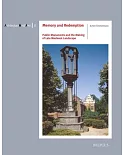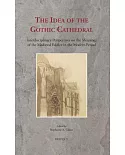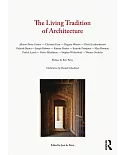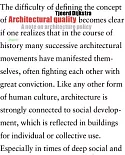Bathing in antiquity elevates a prosaic function to the level of a civic institution for which there is no counterpart in contemporary culture. Enriched by over 500 illustrations, many of them
by the author, Baths and Bathing in Classical Antiquity is an important sourcebook for this ancient institution. Through hundreds of examples, it reviews and analyzes the structure, function,
and design of baths, seeking to integrate their architecture with the wider social and cultural custom of bathing, and examining in particular the changes this custom underwent in Late
Antiquity and in Byzantine and Islamic cultures.
Yegul explores the complexities of ancient bathing from several points of view. Sociologically, the baths with their vast appeal for all levels of society - were seen as the epitome of
democratic ideals and institutions. Politically, they provided the perfect vehicle of propaganda: their lavish and magnificent interiors reflected the might and prosperity of the Roman empire
and the apparent generosity of the emperor himself.
Architecturally, baths are at the vanguard in the development of Roman building technology. Some of the earliest uses of concrete as a building material and the most innovative applications of
the aesthetics of concrete - bold, curvilinear forms, vaults, and domes involved bath buildings. Because of their status as transition between purely utilitarian structures and the more
conservative, traditional forms of public and religious architecture, the baths helped to propagate and make acceptable new ideas and new styles in architecture.
An Architectural History Foundation Book





















